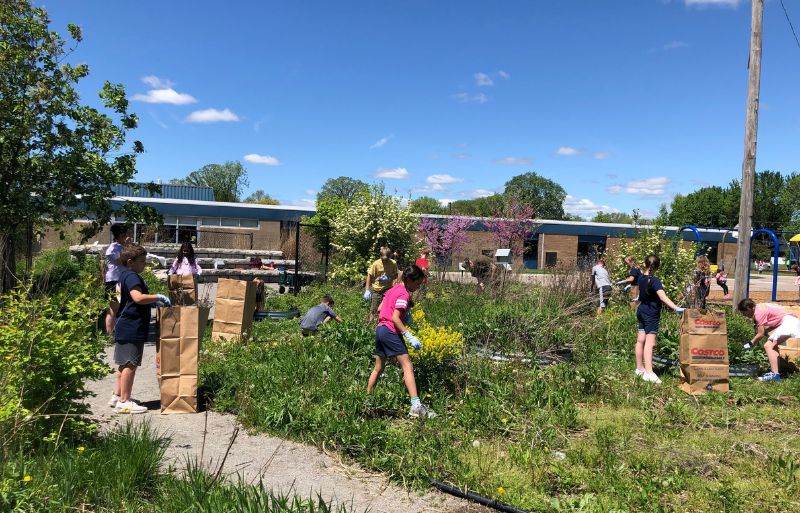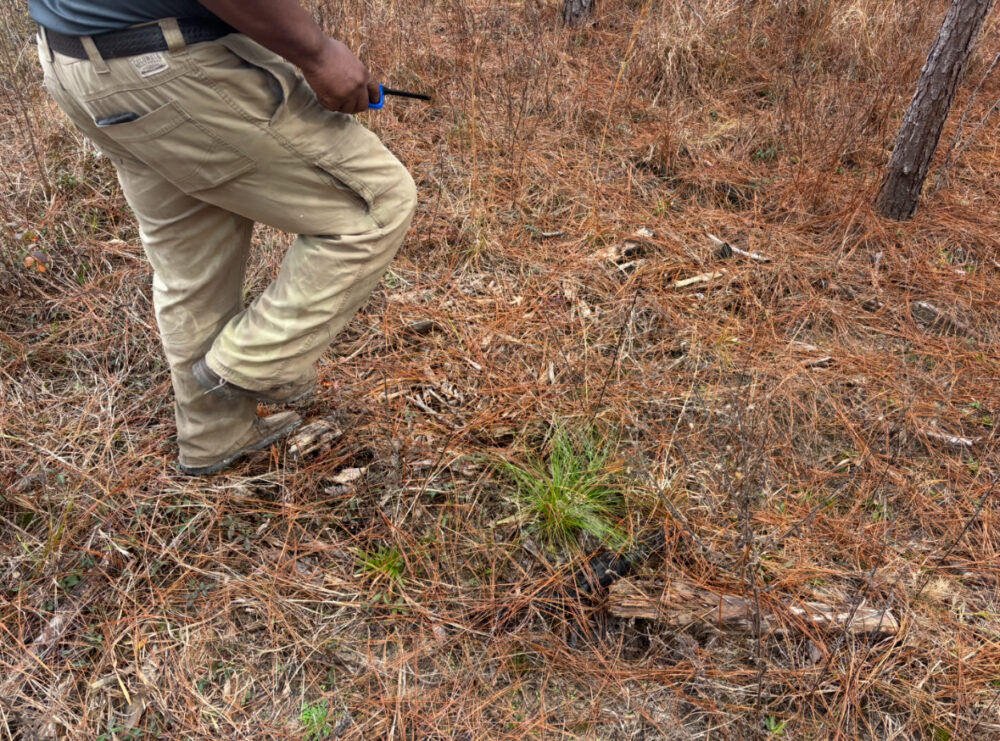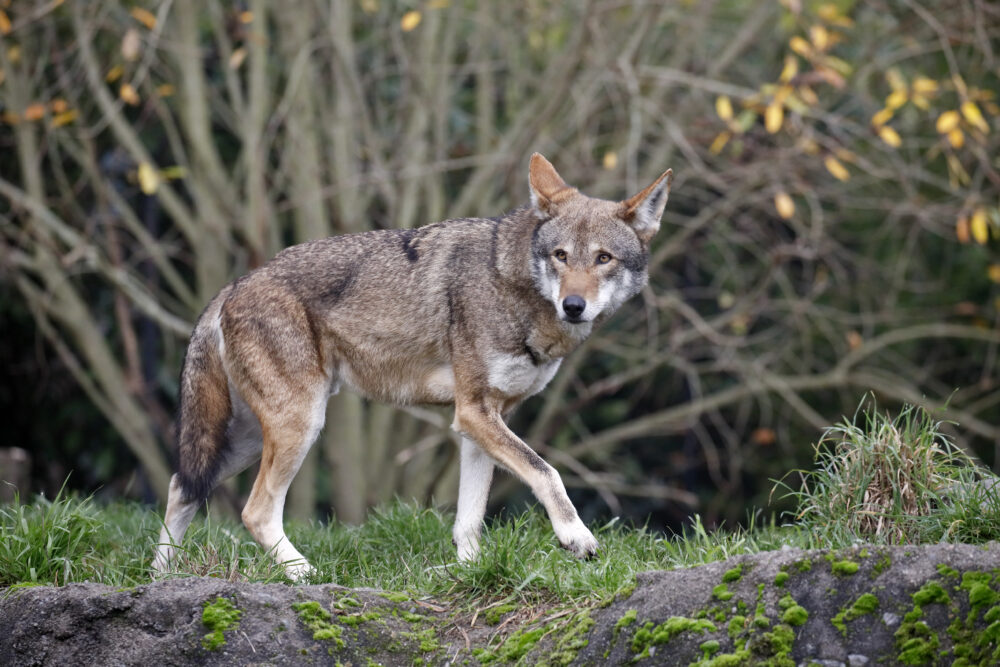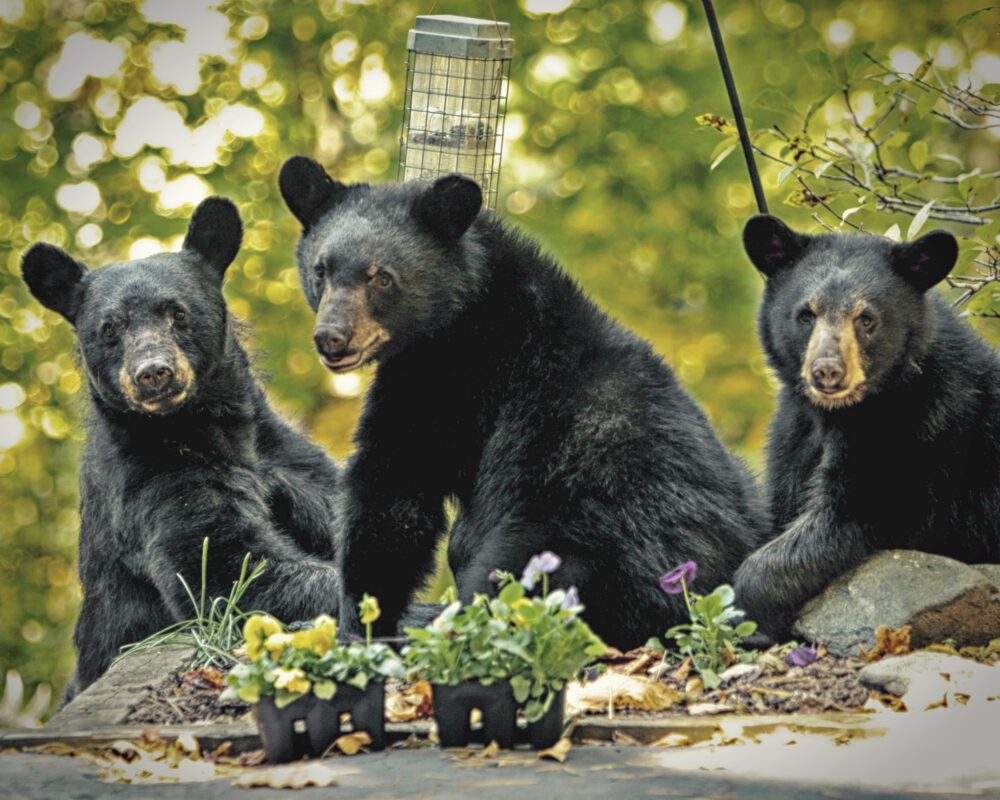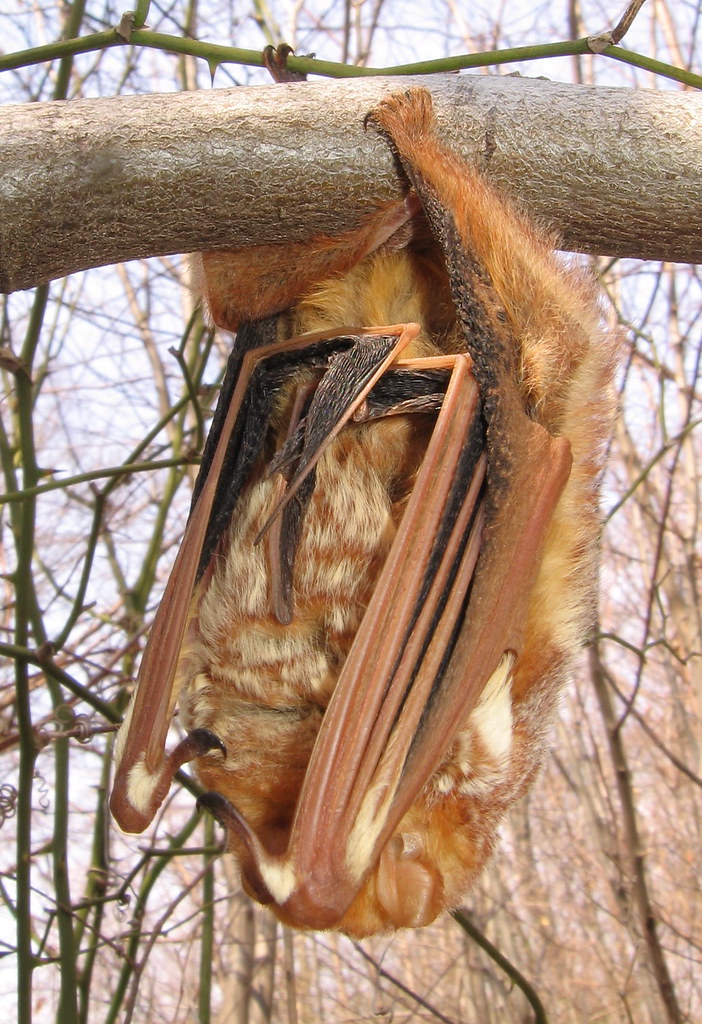We have much more to do and your continued support is needed now more than ever.
Coral Damage: How Long Will Gulf Oil Disaster Impacts Linger?

“Decades and decades – if not hundreds of years.” That’s how long it could take coral affected by the Gulf oil disaster to recover, according to Dr. Doug Inkley, senior scientist for the National Wildlife Federation.
The new evidence of impact on corals was discovered by scientists on a research ship in the Gulf of Mexico. The research team, led by Penn State University biologist Charles Fisher, has spent hundreds of hours over the past decades studying deep corals with remotely-operated-vehicles (ROVs) and submersibles. Fisher’s team found a colony of dead and dying hard coral species at a depth of 4,500 feet and experts say it is a revelation that they have feared since the start of the disaster. What exactly this means for the Gulf has yet to be determined but it is hard evidence confirming the effects of oil and dispersants go well below the surface.
The discovery was made November 2 approximately seven miles southwest of the wellhead of the Deepwater Horizon. Fisher says the team made the discovery after investigating an area of the seafloor where NOAA models indicated one of the large oil plumes moved and persisted the longest. The team discovered a colony of hard coral with subtle impacts but as they kept moving they eventually found a large community of dead and dying coral.
“From the moment we arrived it was evident that these corals were severely impacted by something. This is the first evidence of an impact in the deep sea to animal communities,” said Fisher. Many of the colonies appeared to be dead with little or no living tissue. There was also a notable lack of colonization by other marine life and that many of the brittle stars appeared to be very discolored and immobile.
Inkley says the discovery is exactly what he and many others have feared since the start of the disaster. How it will ultimately affect the ecosystem remains to be seen, but Inkley says that as the ecosystem degrades (now evident in dead coral on the sea floor), it will likely have a ripple impact to other organisms. “This is exactly what we feared. We suspected all along that there would be a large impact hidden underwater & we’re now seeing now seeing that,” said Inkley.
Fisher said that there is so little known about the deep sea that it is hard to determine what impacts this may have on other species or the overall health of the Gulf. The team took a variety of samples to test for the presence of hydrocarbons and for molecular evidence of genetic damage and physiological stress that would indicate exposure to oil or dispersants. Although they will engage in testing and further observation on another trip in December, he said it doesn’t necessarily mean that lab tests will provide any information.
“We just don’t know what we will find. We’re just going to go back there with an open mind and see what has changed. We want to discover new [damaged] sites and learn what the real impact was,” said Fisher.
Due to the nature and logistical difficulties in deep sea research and investigation, it is highly unlikely that teams will identify and ascertain all of the damage. The site of the discovery is at the right depth and direction to have been impacted by the deep-water plume and the impact was detected only a few months after the spill was contained. Inkley said that the effects of such deep-sea impacts may not be known for years to come but it is likely to have consequences that reach beyond the deepest depths of the ocean.
“Just given the age of these corals, it’s like chopping down a giant sequoia tree. It’s long-lived, going to take a very long time to replace and it won’t be without impact. We just don’t yet know what that is,” said Inkley.
The research was conducted as part of a four-year operation funded by NOAA’s Office of Ocean Exploration and Research and the Bureau of Ocean Energy Management, Regulation and Enforcement, to study corals in the Gulf of Mexico. The scientists are working from the NOAA ship Ronald H. Brown and have carefully mapped and imaged the entire affected coral community so that it can be revisited in December.
Learn more about the Gulf oil disaster & the National Wildlife Federation’s response at NWF.org/OilSpill.




